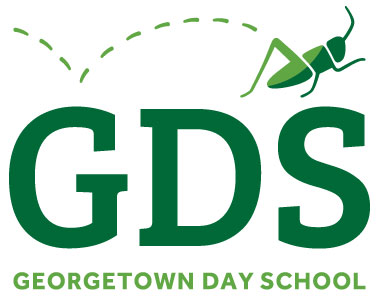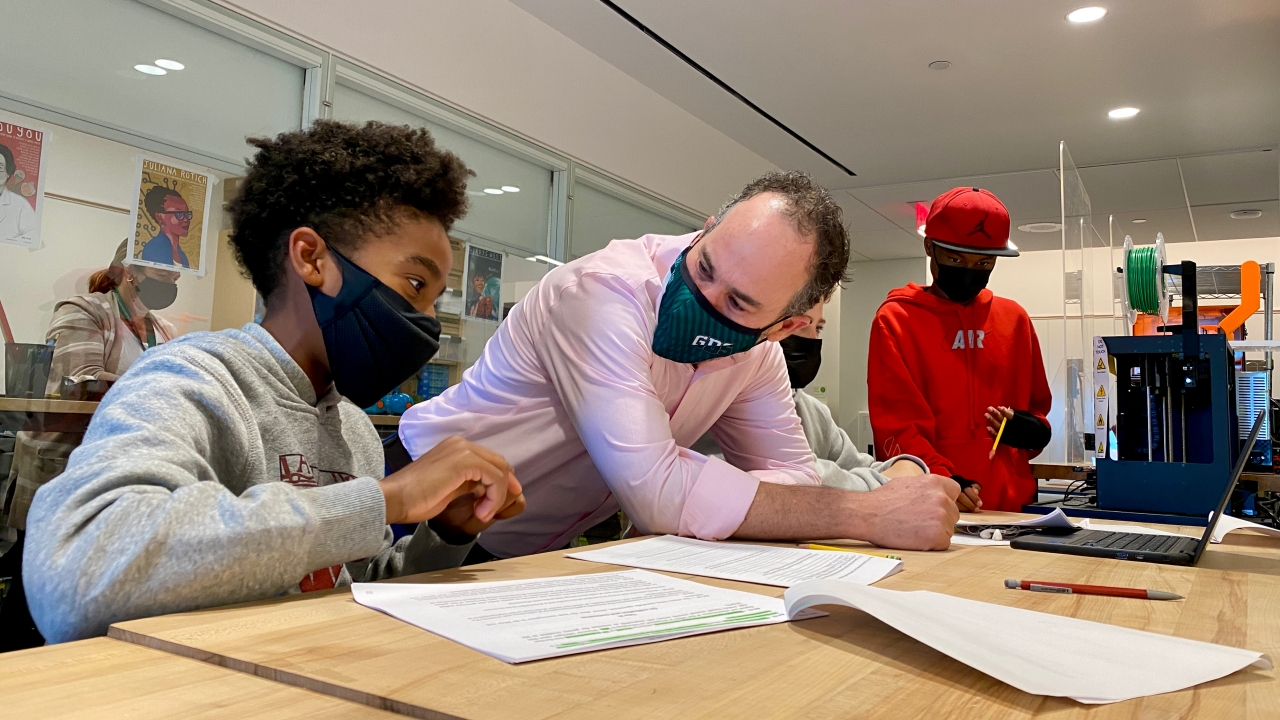Art Buchwald was a Pulitzer Prize-winning columnist who wrote in the latter part of the 20th Century. His column in the Washington Post was syndicated in more than 500 newspapers across the country. Buchwald was also a GDS parent: Jennifer graduated in 1970, Joel in 1972 and Connie in 1973. Joel is also a current and alumni parent. The Buchwald family’s GDS roots run deep.
In March of 1972, Art Buchwald wrote a guest column for a GDS publication, which is one of my favorite pieces of GDS history. In it, he wrote:
Coming from what might be called a square school background I was suspicious of the place from the first day when my son came home from school and announced his teacher’s name was Shirley.
“Shirley what?” I asked.
“I don’t know her last name.”
“You can’t just call her Shirley?” I shouted. “It’s disrespectful.”
“But that’s what Edith told us to call her.”
“Who’s Edith?”
“Edith is the principal.”
“You call the principal Edith?”
“Yes and I call Gladys, Gladys, and Dorothy, Dorothy.”
“That’s some school.”
Buchwald’s column raises a question that I’m often asked about GDS: Why are teachers called by their first names? There are two answers to this question, one historical and one timeless.
The historical rationale for first names at GDS dates to the School’s founding. In the Jim Crow South, Black adults were expected to refer to white children as Mister or Miss, whereas white children would call Black adults by their first names. In this way, racial hierarchy was built into daily interactions. GDS’s founding as Washington’s first integrated school challenged this caste system. A school where children of different races would learn together signalled a belief that race should not be used to privilege some and marginalize others.
GDS’s founders determined that one way to challenge racism was to remove the use of titles. If everyone used first names, they reasoned, then titles could not be used to suggest that some in the community were more deserving of dignity and respect. This practice has remained in place throughout our School’s existence, an embodiment of the promise in our mission to “honor the integrity and worth of each individual.”
The second answer to the first name question is grounded in the value that GDS places on children. Sometimes our naming practice is misconstrued as signifying a lack of respect for teachers. If students call teachers by their first names, doesn’t this mean that the kids will think of themselves as their teachers’ peers? GDS is blessed with one of the finest faculties in the country. The passion and skill of our educators has remained a defining characteristic of GDS throughout the School’s history and GDS students both cherish and respect their teachers. So when students call teachers by their first names, it does not mean that students take their teachers less seriously. It means that teachers take their students more seriously. Part of the magic of GDS lives in the ways in which teachers see their students, know their students, and value their students. And it is in this context that young people thrive.
What does it look like to take kids seriously?
It looks like listening. Walk the hallways of our High School and witness an English teacher sitting on a couch next to a student, discussing a paper. The teacher draws the student out with patience and intention, helping them get to the heart of their idea. The implicit message in this interaction is, what you think matters.
It looks like learning. On the wall outside a second grade classroom are students’ “I am from” poems. These are among the countless artifacts one can find throughout the school that tell our students—who you are matters. Your story matters. Your unique background and experiences make us a better school. And we want to know as much about you as we can, so that you know that you belong.
It looks like supporting. Learning specialists and counselors work in partnership with homeroom teachers and advisors to keep students on track. We develop in our students a versatile set of skills so that, over time, they become confident in achieving their goals on their own.
It looks like challenging. We expect a lot of our students. It’s because we know what they’re capable of. We see the genius in each child, inviting them and encouraging them to live into their full possibility.
It looks like consulting. At GDS, students routinely participate in search processes for new teachers or school leaders. We invite students to share their insights as they are uniquely qualified to know who will contribute to the rich learning environment we hope to cultivate. Our students weigh in on countless aspects of school life, and they are taught from the youngest ages that their voices matter.
It looks like modeling. Our teachers share who they are with our students. As scientists, artists, authors, mathematicians, activists, readers and more, they share their passion and curiosity. Our students see their teachers as embodiments of life-long learning, and know that this is a rich and rewarding path, one that is available to them to pursue.
At the end of Buchwald’s column, he writes, “Well I still don’t know too much about Georgetown Day except my children love it and wouldn’t want to go anywhere else.” Why do children love GDS? It’s a school where students are taken seriously and know they matter.


